Archive
null
KubaParis
Wet Desert

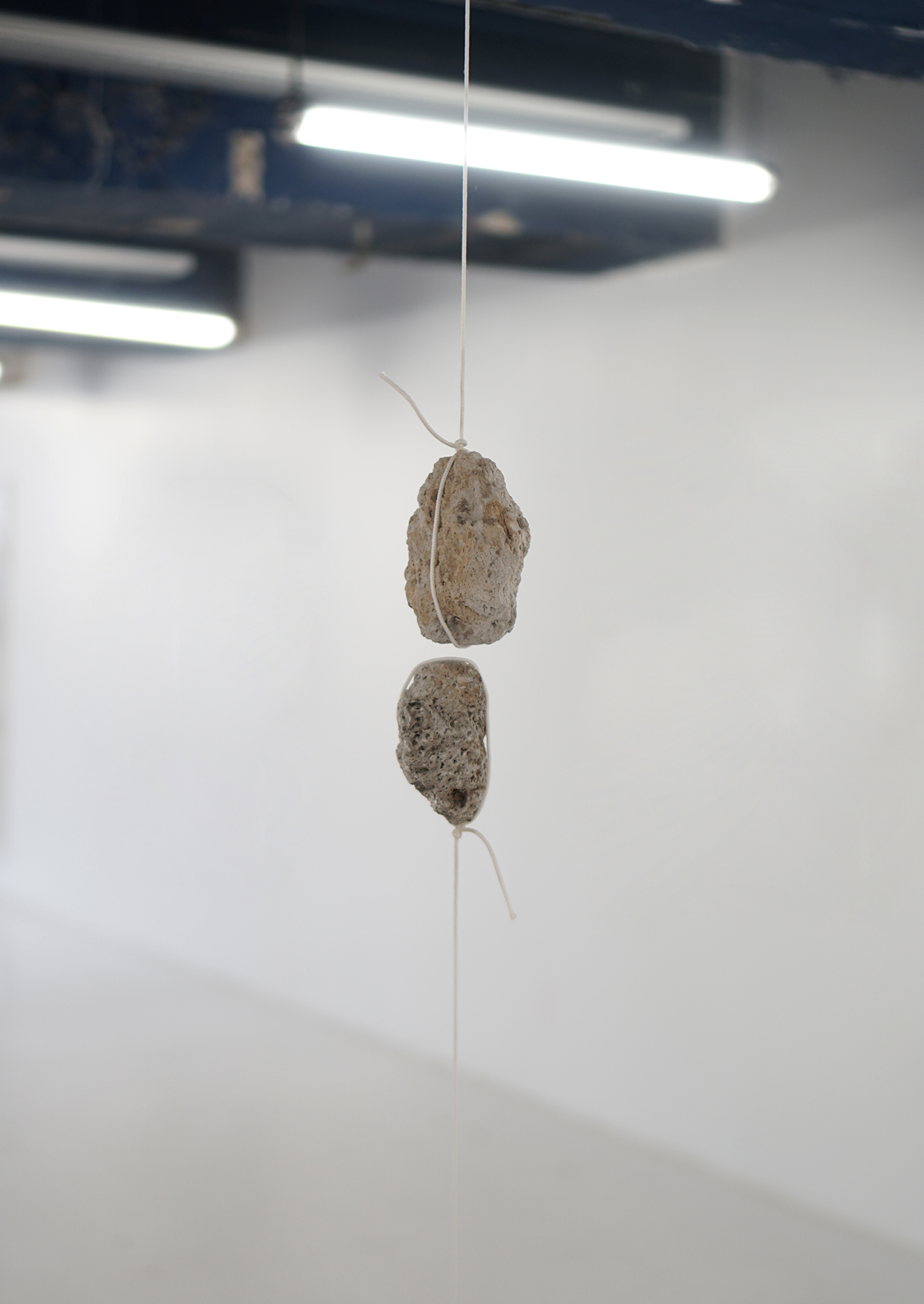
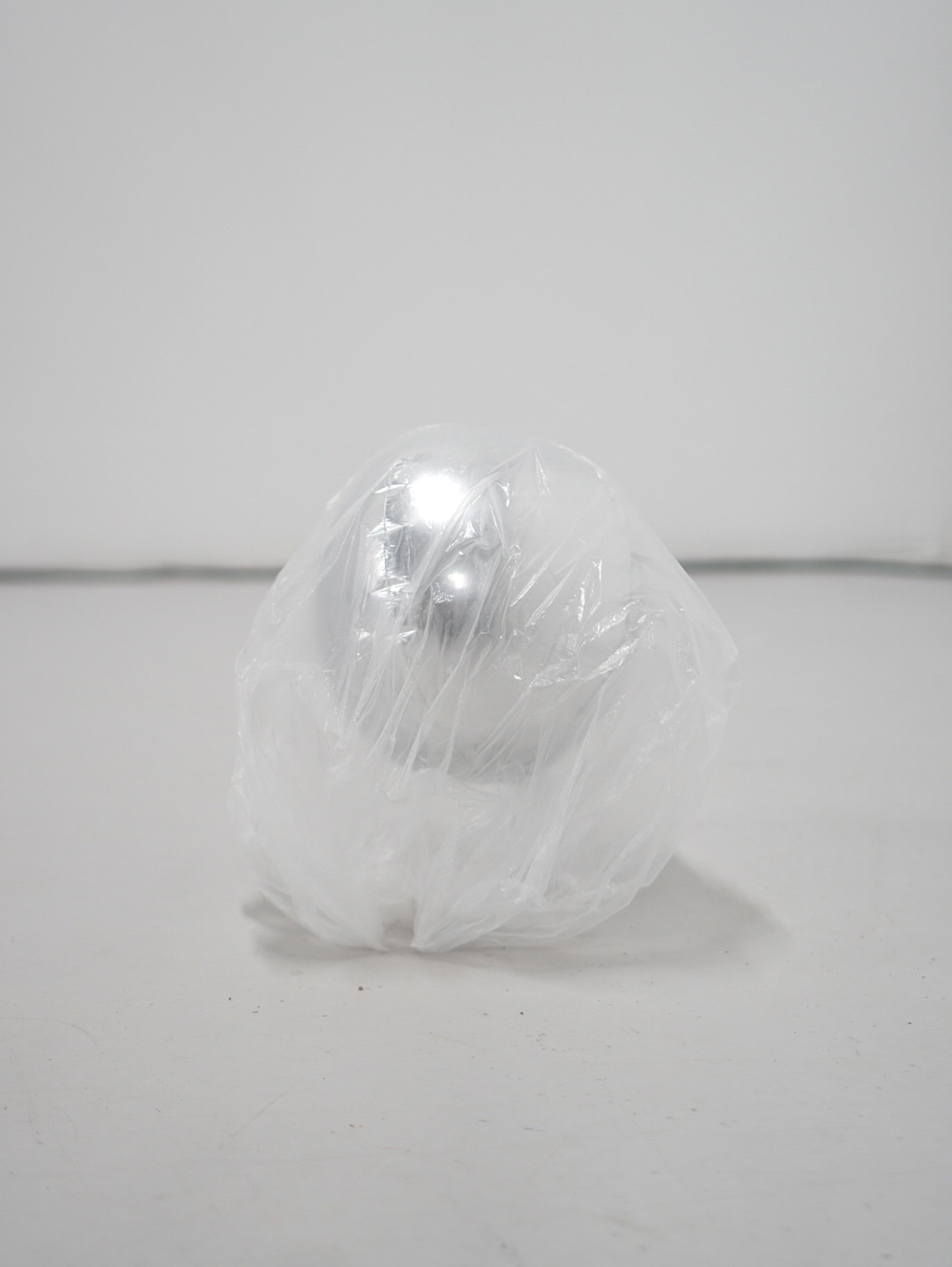
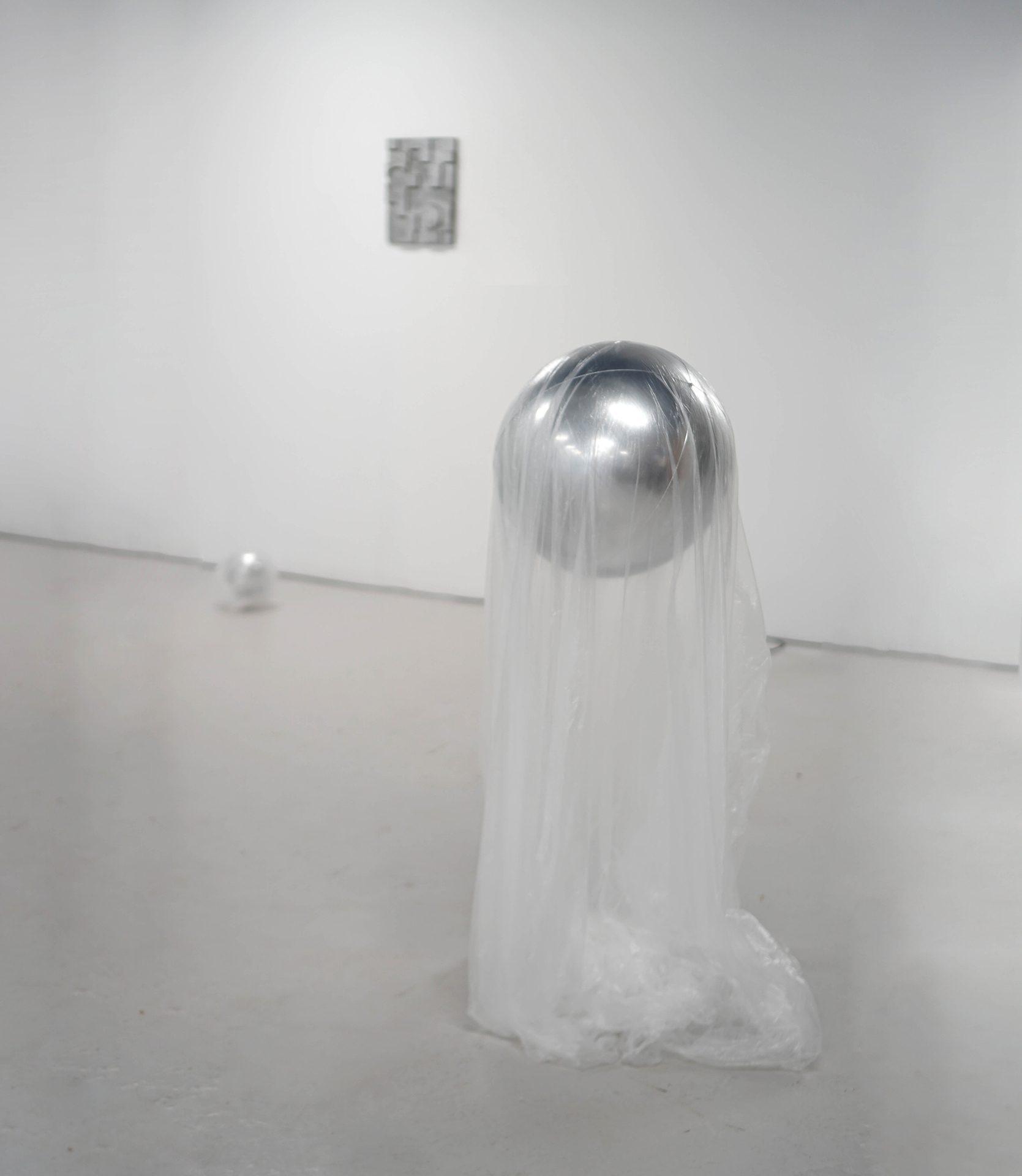

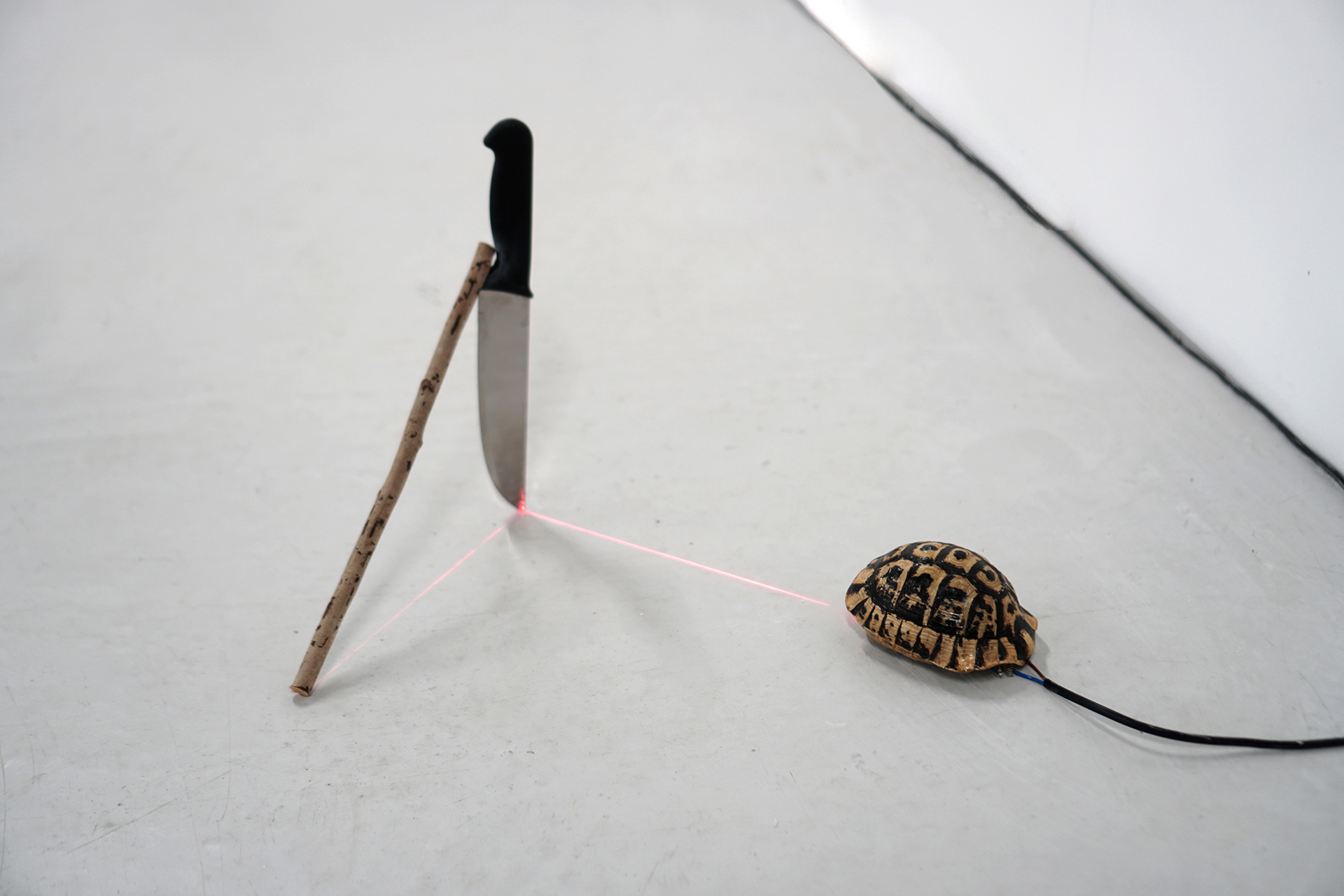
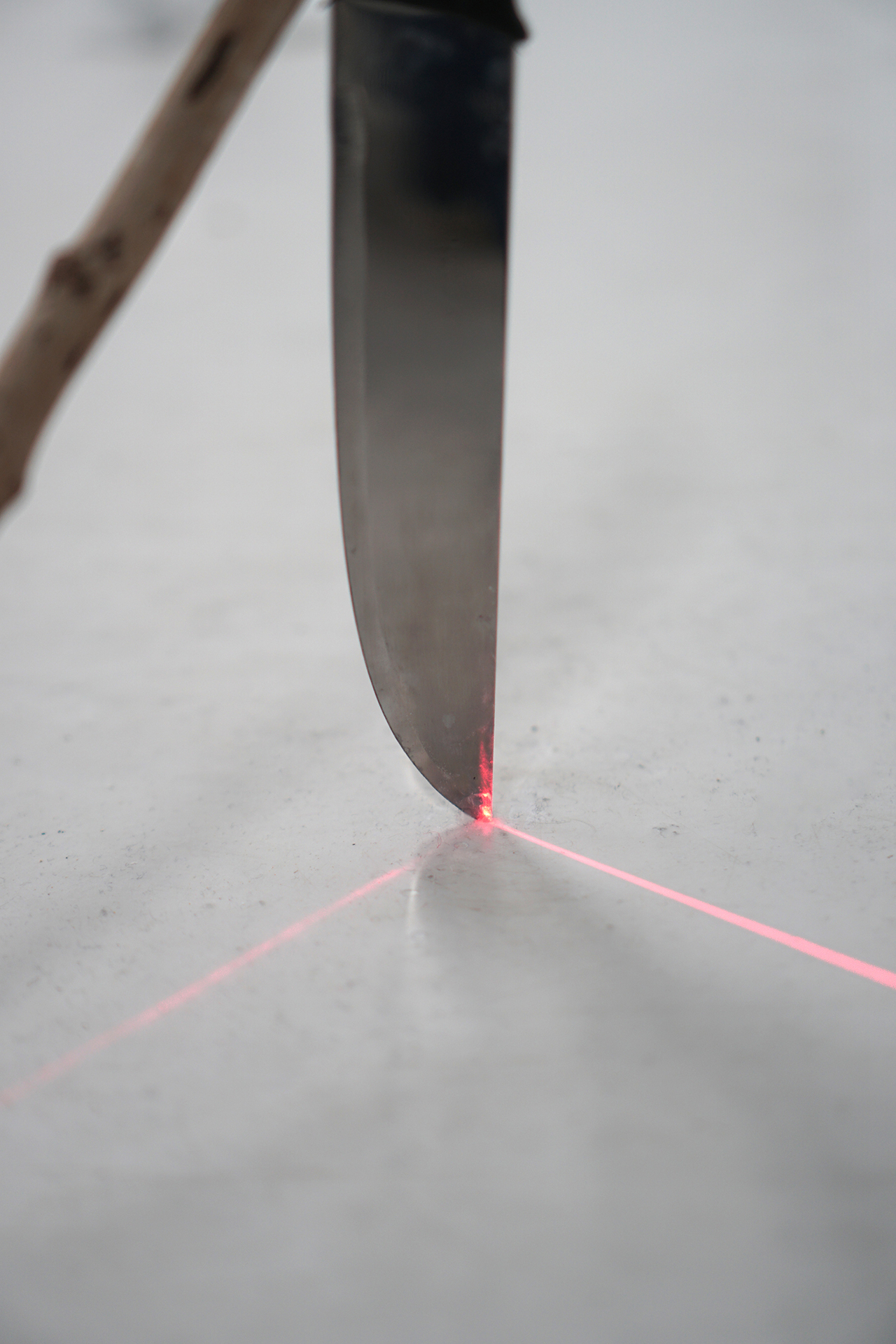
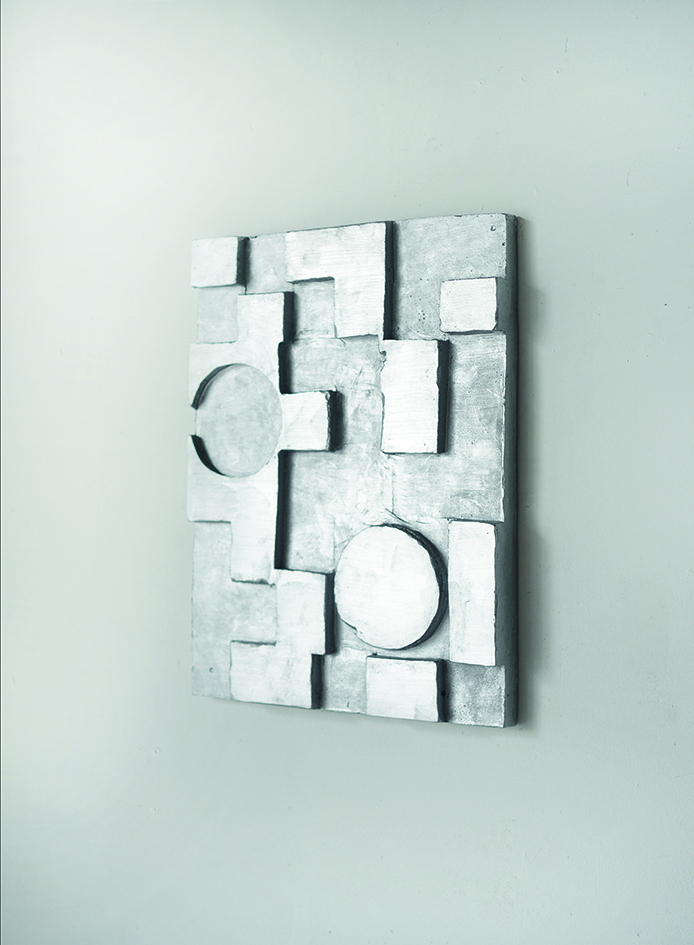

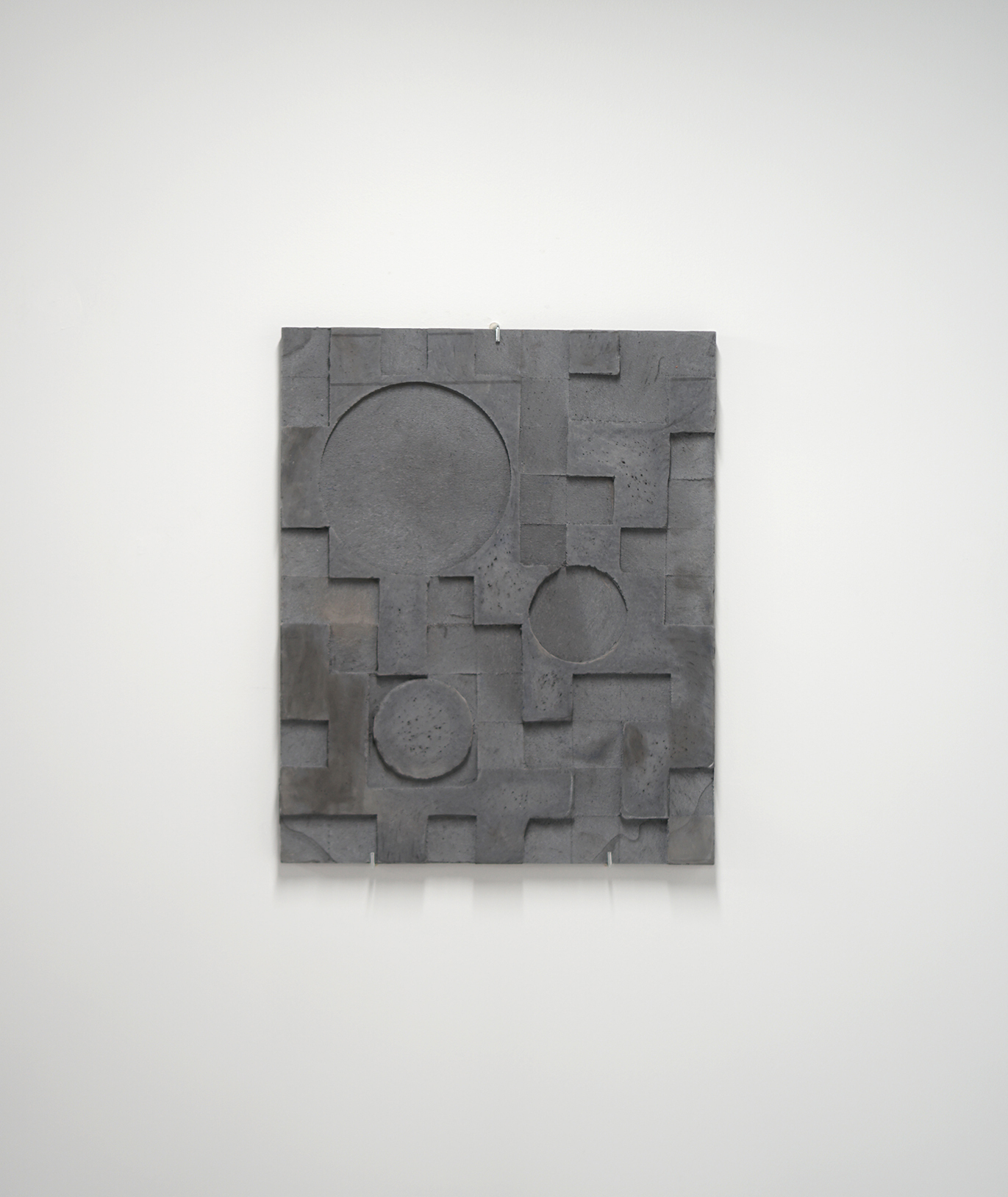

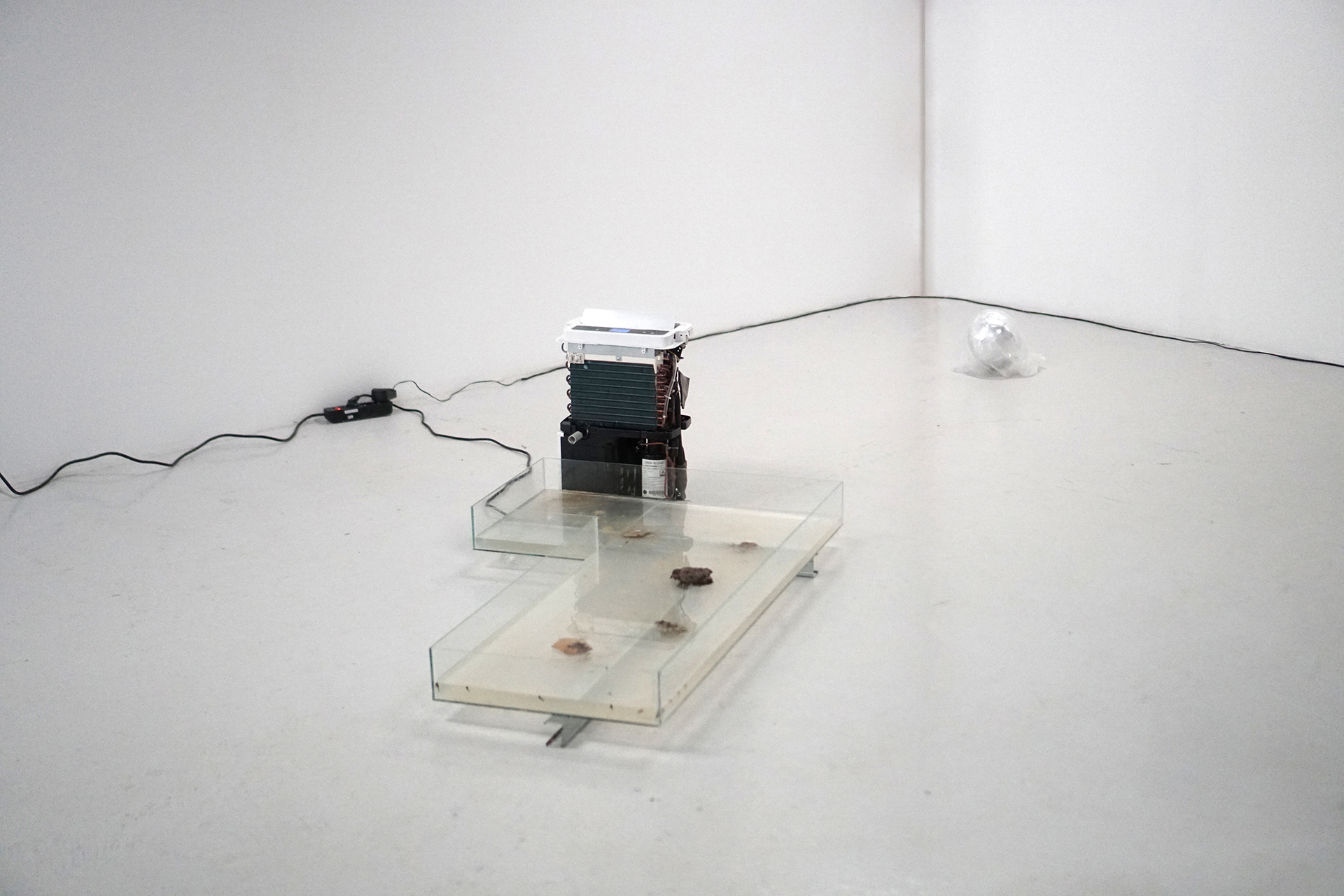
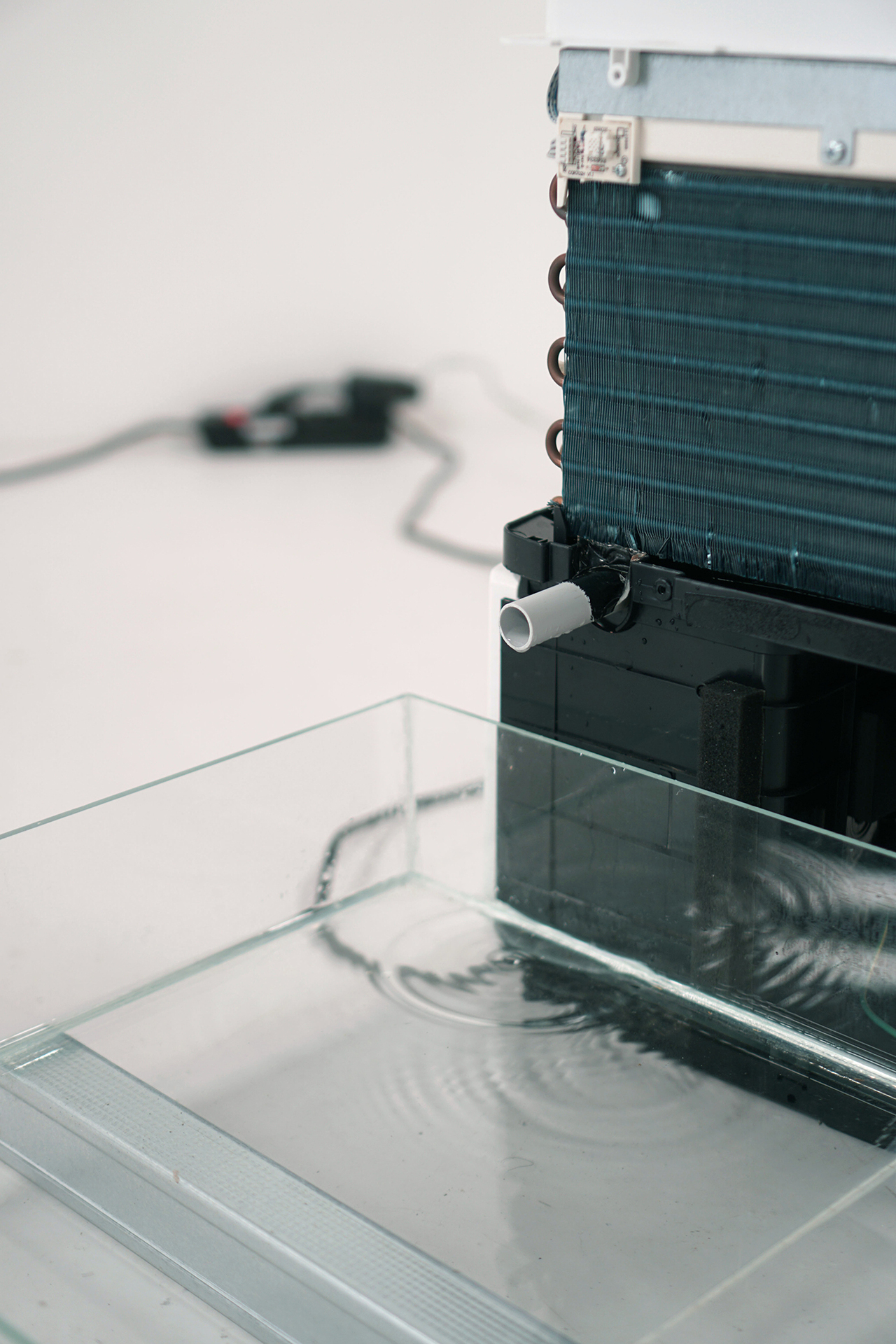
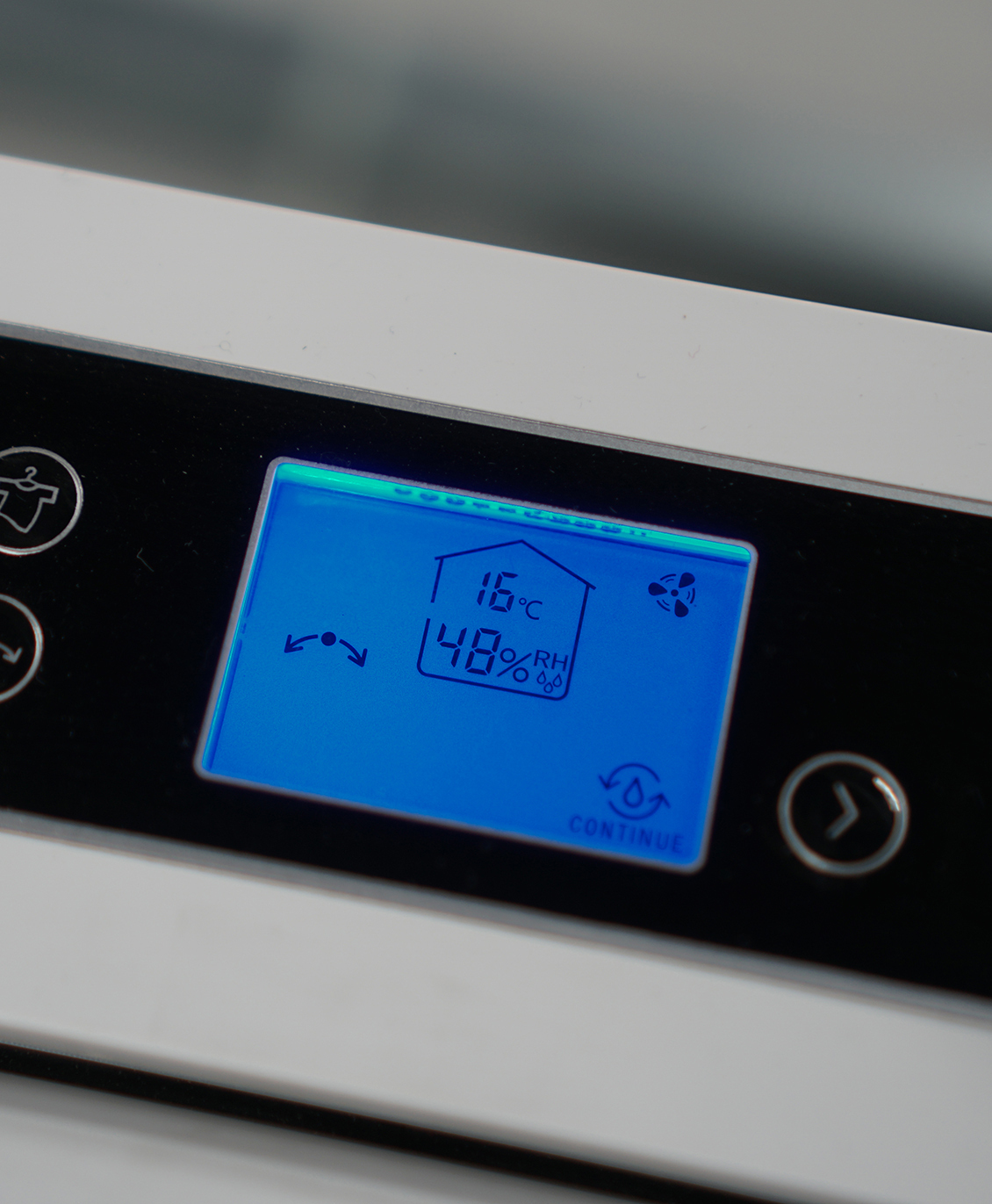
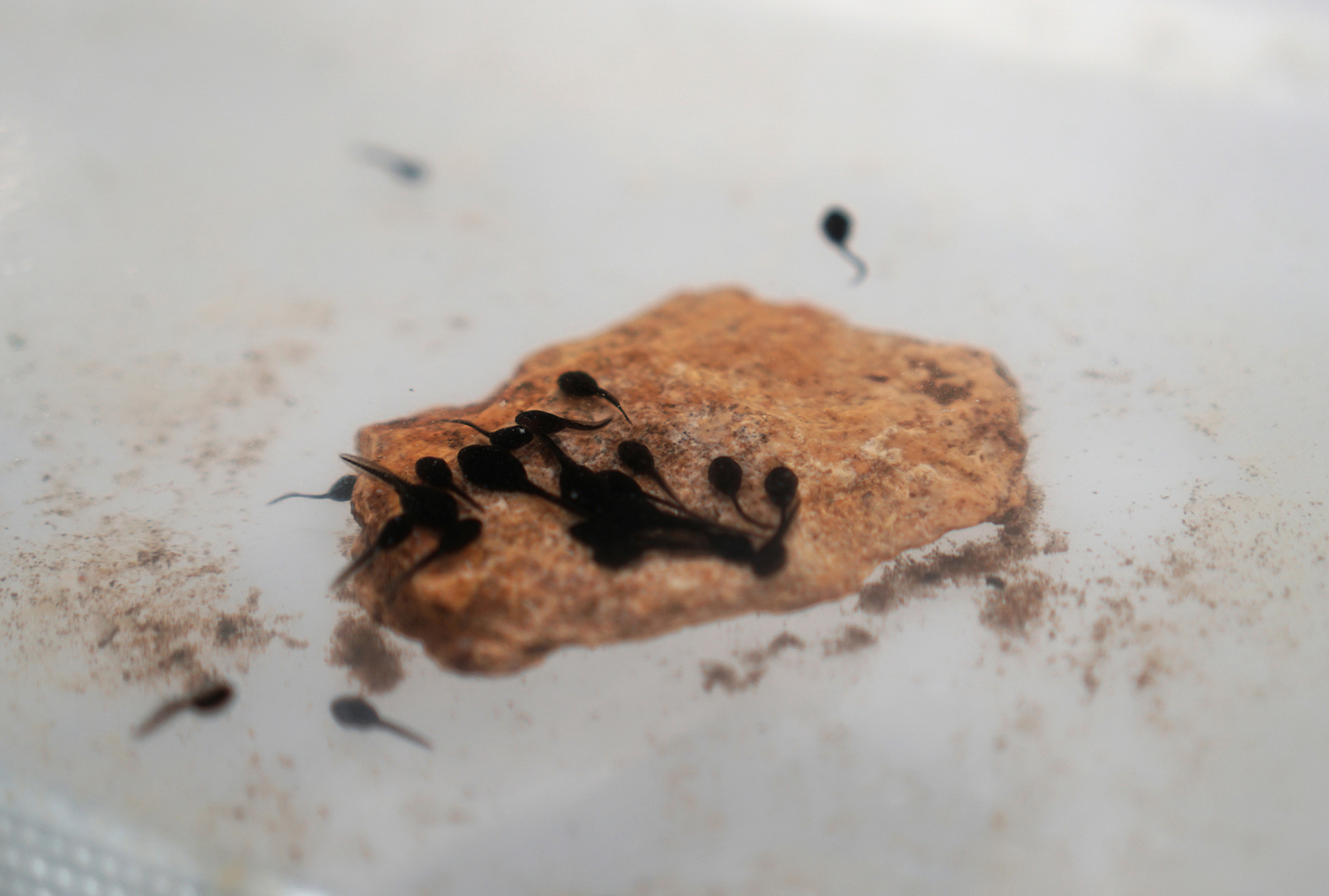

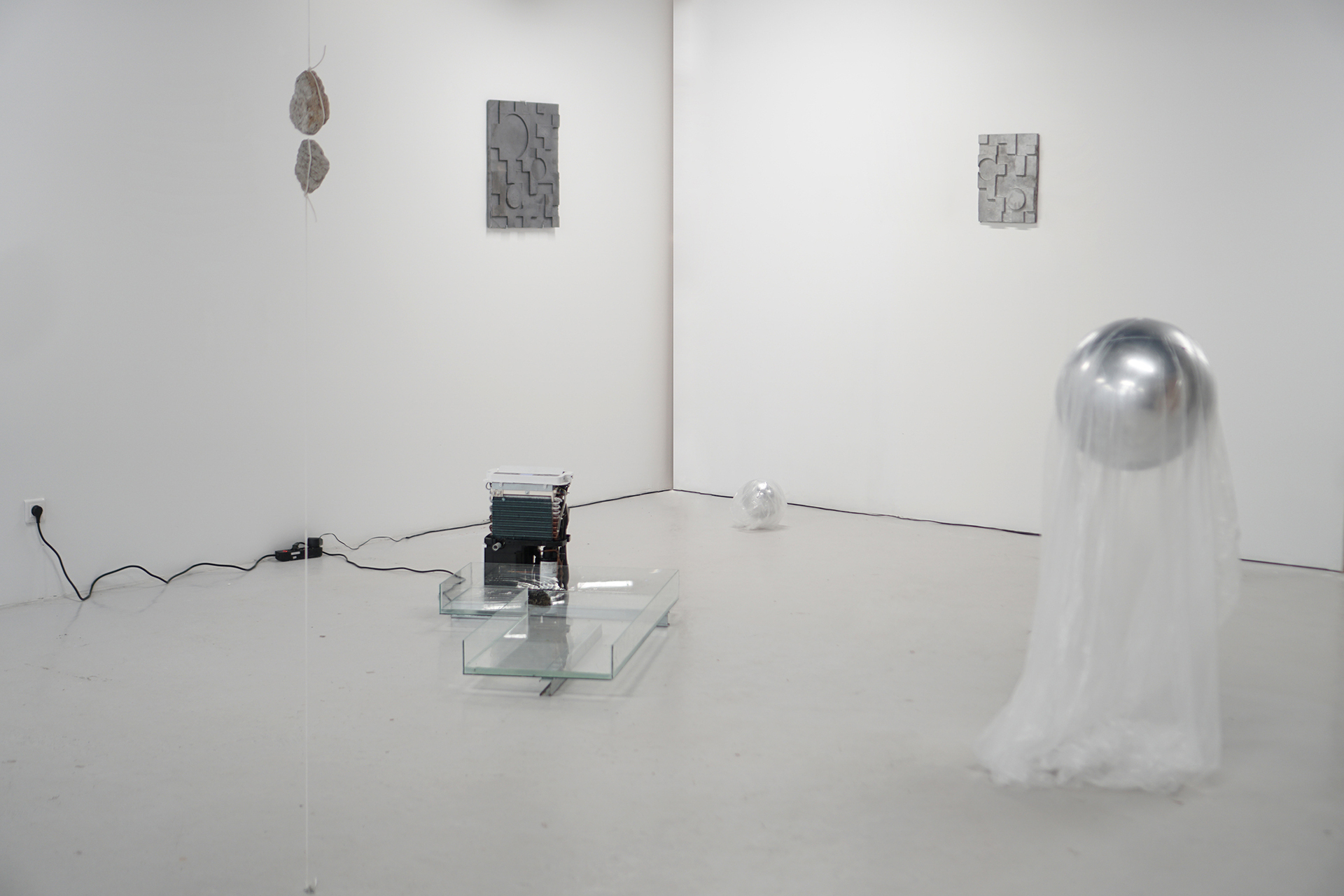
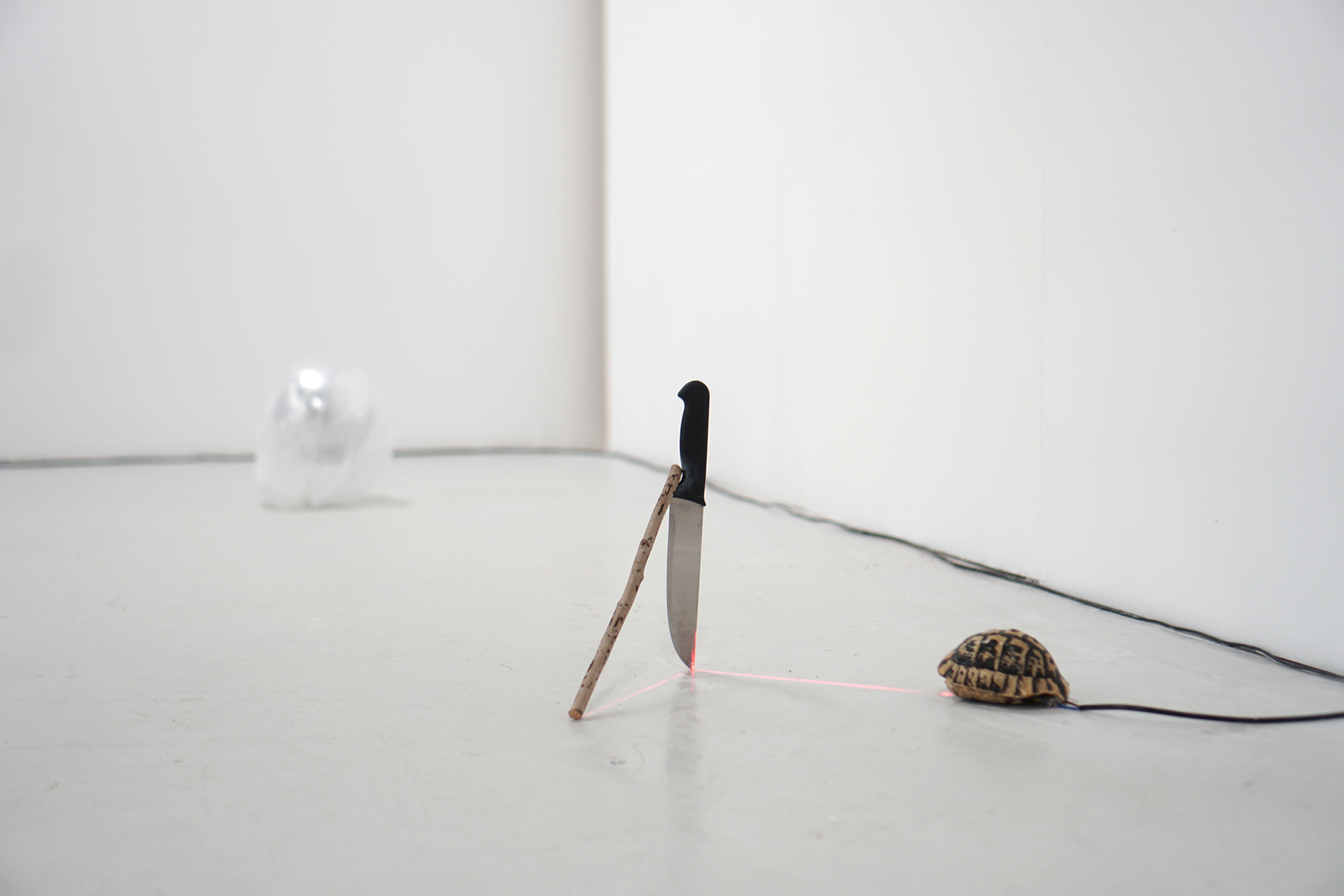
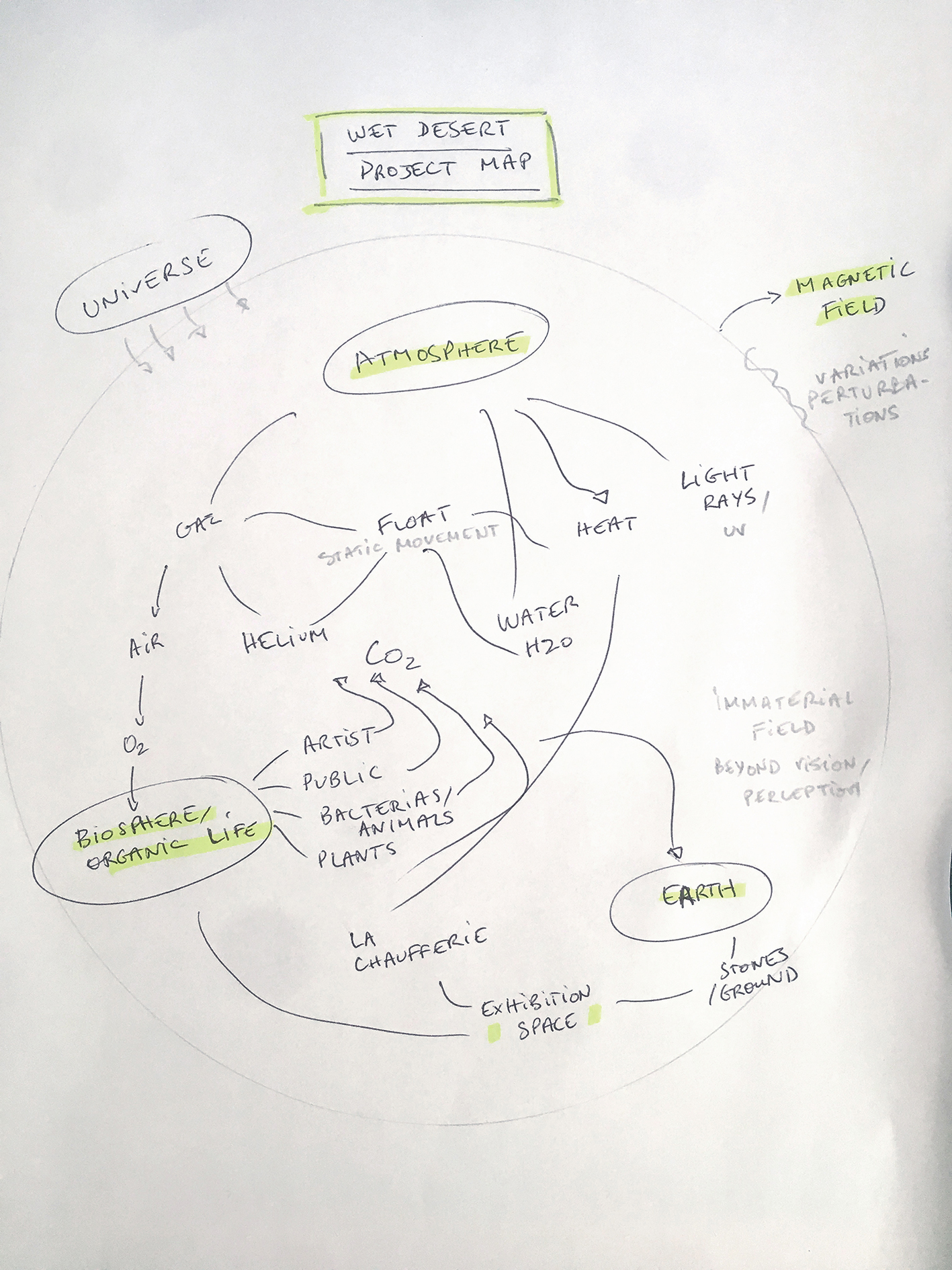
Location
Fondation FimincoCurator
Jeune CréationPhotography
Courtesy of the artistSubheadline
Wet desert French-Brazilian artist settled in Brazil since 2011, the experience of the country made R. Dumesnil question his perceptions and reconnect to the elements. The confrontation with animist spiritualities has stimulated him in his work. He is fascinated by rituals and the ability to look beyond matter. An interconnection exists between all things, both material and immaterial, which the artist seeks to make perceptible. He breaks the boundaries established by our societies by creating artistic ecosystems where mineral, vegetal and animal dialogue. In Wet Desert, he stages a malleable systemic framework within which organic matter evolves. The physical phenomenon, the collected objects and the public form together a subtly orchestrated ecosystem, the notion of atmosphere is made visible and the spectator can question himself on the perception of invisible realities. Wet Desert was shown as part of the ‘Jeune Création 71’ edition, an annual art festival presented from may 29th to June 13th 2021 at Fondation Fiminco, in Paris, France (and previously at Galerie Thaddaeus Ropac, Paris). Jeune Création is a reknown organization and annual exhibition of the emerging international art scene.Text
Interview about the project
with Romain Dumesnil
What are your inspirations for the project?
The ‘Wet Desert’ project is inspired by the invisible elemental forces that make up the Earth’s atmosphere and our reality in general. As with other projects, including the ‘O animal que logo sou’ project that I developed in 2017 in Brazil by exploring the carbon element from various angles (vaporized diamond, co2, plant, animal ... ), for this project I wanted to start from a key element, the atmosphere, to imagine a kind of socio-chemical ecosystem made up of various artworks interacting with each other and with the public.
Why this interest in the Earth’s atmosphere?
While we literally bathe in it like a fish in the ocean, the atmosphere generally seems impalpable and invisible to us, except when it becomes ill or is perceived as a vector of disease for humans, as it is now with the Covid crisis. In this sense, it seems to me an interesting starting point for an eco-systemic reflection on our own condition and on the complex and intricate character of what we call reality. It is in a way both a subjective concept and a universal reality, a primary data and the result of an equation in perpetual transformation: at each breath we take the air acts on us as much as we act on it and thus also on our next breath. In this way to think about the atmosphere is also to think about the transient and transformative nature of matter and energy that constitutes us, surrounds us and passes through us. It is also a way of going beyond the anthropocentrism which has dominated our reading of the world since the modern era.
Can you tell me more about the artwork in the middle of the space?
In the center of the space is a dehumidifer that collects the water suspended in the air to fill a basin in which amphibians are growing. Throughout the exhibition, while the ambient air will dry out almost imperceptibly to us, the level of the water present in the basin will rise to feed the growth of the animals that occupy it as well as algae and other forms of life (bacterias, larvae) which will settle there naturally like an oasis in the desert. By presenting this piece I wanted to take an interest in the hidden compounds of the air, such as water, but also question our proximity and interdependence with other forms of animal, plant or bacterial life, in this case. especially through humidity and air quality which is influenced by the water vapor and other products unwittingly released through the body activities of human visitors themselves.
What about the other artworks?
Beyond air and its main atomic components like oxygen and water vapor, I was also interested in the physicochemical interactions which take place in the atmospheric environment, in particular in the electro-magnetic fields and radiations which traverse it and modify it at any moment, and which act in an often imperceptible but determining way on us and all the matter that makes up the world.
The series of sculptures “Solid” (hanging on the wall) is thus produced using an algorithm itself altered by variations in the atmospheric magnetic field. The randomly generated compositions are then reproduced by hand, here with mineral powders and recycled aluminum.
In the case of ‘Lapso’, the forces of the earth’s magnetic field are also made visible. For this work, two magnetized volcanic stones are placed in levitation, each attracted by the other, they maintain themselves in tension in a precarious balance.
At the other end of the space and echoing this piece, ‘Untitled’ presents an assemblage of found objects in the form of a game of reflection using the electro-magnetic radiation of a laser as a link, giving the false appearance of a static situation.
And finally ‘Elevation’ features several floating volumes filled with helium, a gas which is, after hydrogen, the most abundant element in the Universe. Here the sculptures sway and move with the movements of the air and the temperature variations generated by the circulation of human visitors, as a response to their presence.
How is the visual aspect of the work important in your practice?
As a visual artist I am interested in how the form, the tangible structure of the work is likely to produce not only a link with the audience but also between the pieces themselves, in the manner of a dialogue or extension of an initial common language in space. In this sense I consider my work mainly as sculptural. In this context I have a lot of interest in geometric elements (circles / spheres, squares / straight lines, angles ...) to which I associate an almost magical ancestral potentiality (which crosses cultures) and to which I like to combine organic forms or deformations which recall the transitory and fluid character of forms and matter. That’s why I like to work with collected objects and materials that have their own transformative capacities, which can evolve well beyond my control during the exhibition and beyond.
Lena Millerand